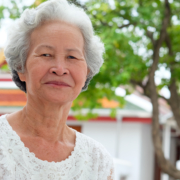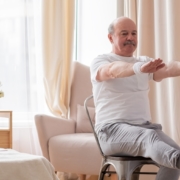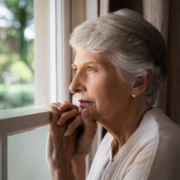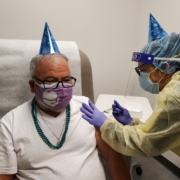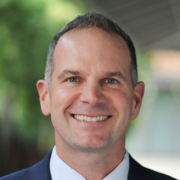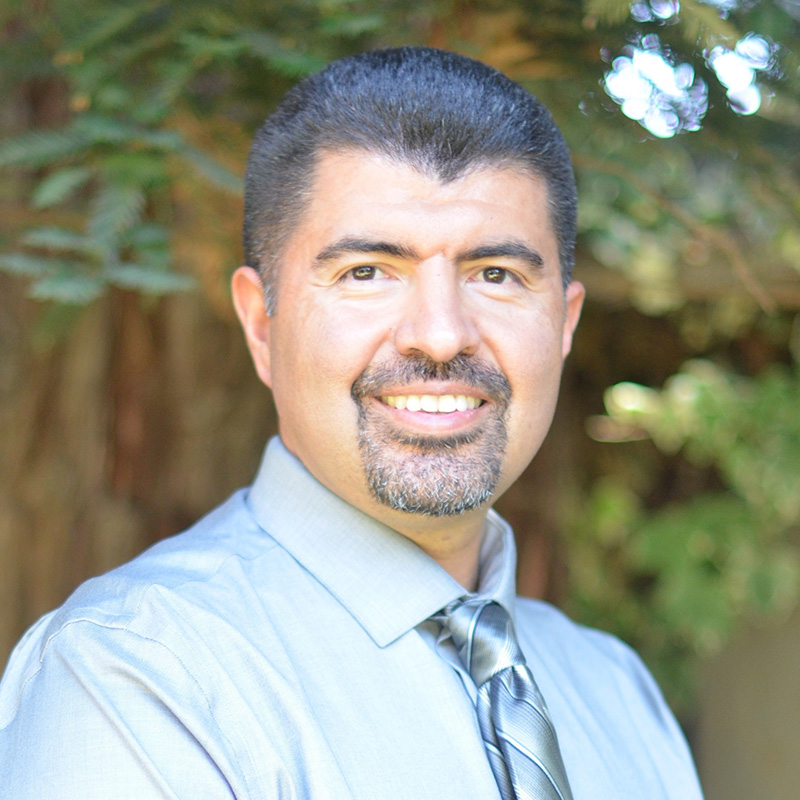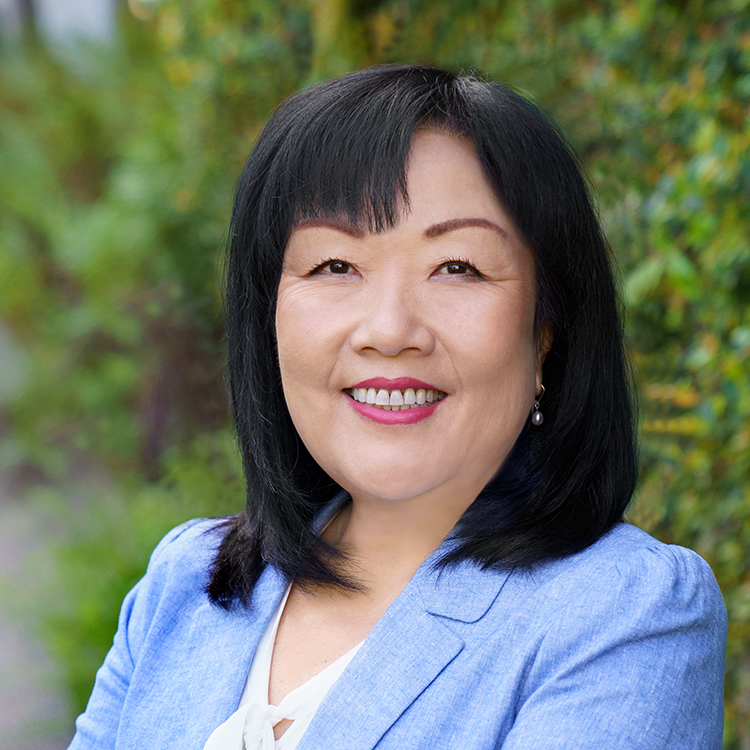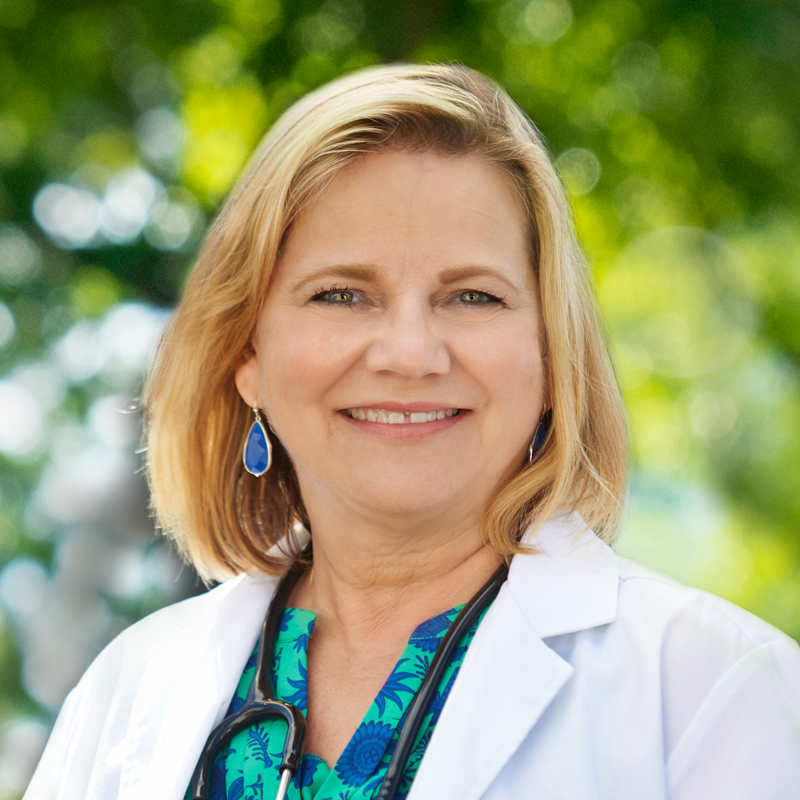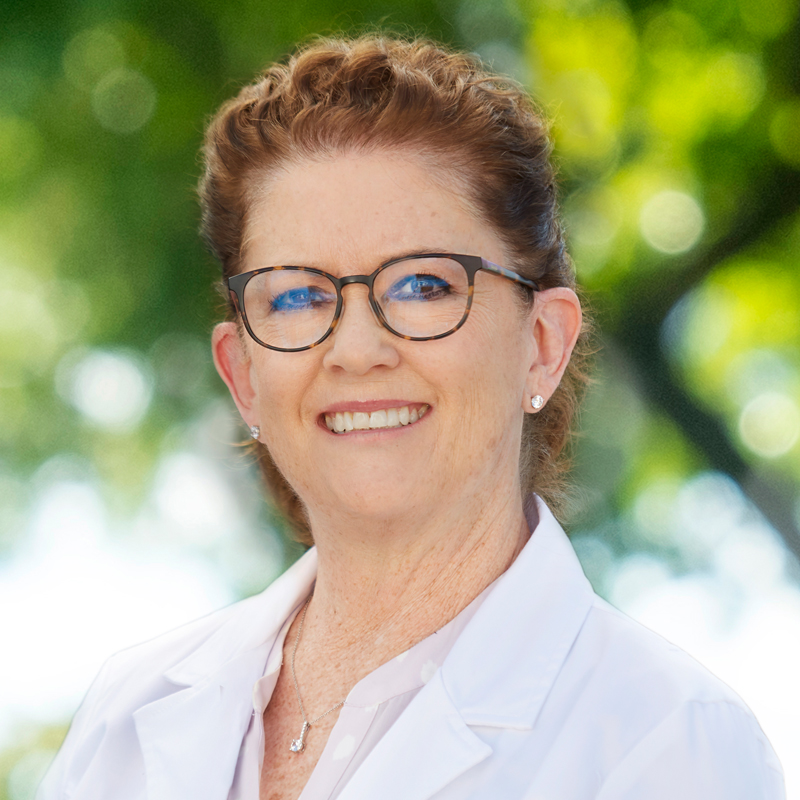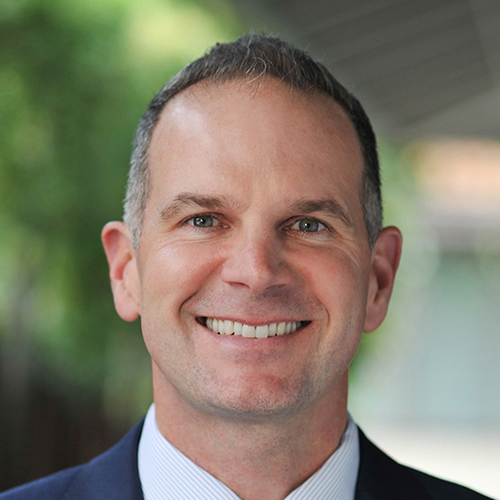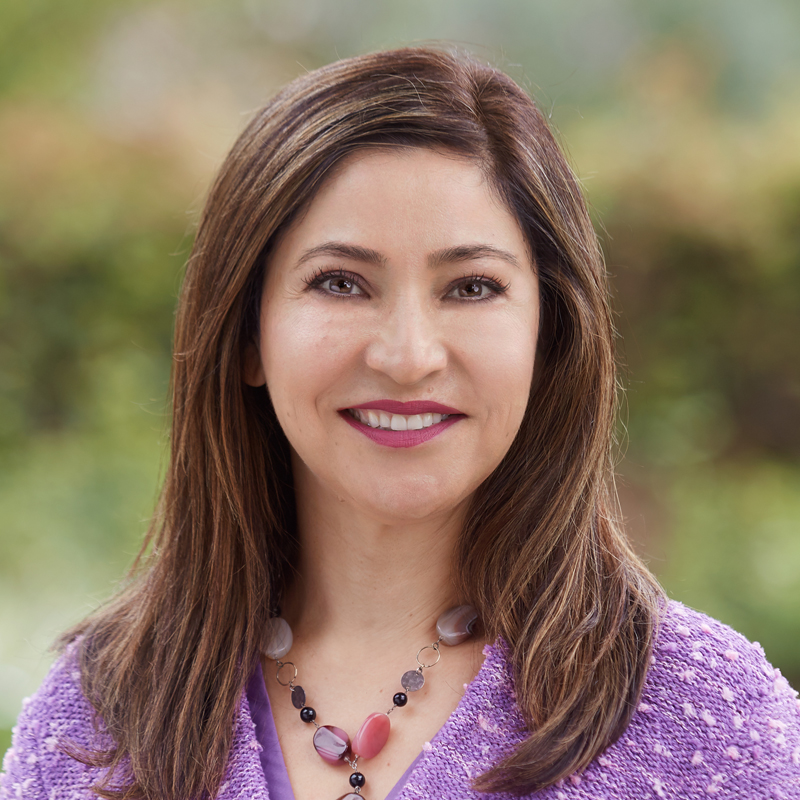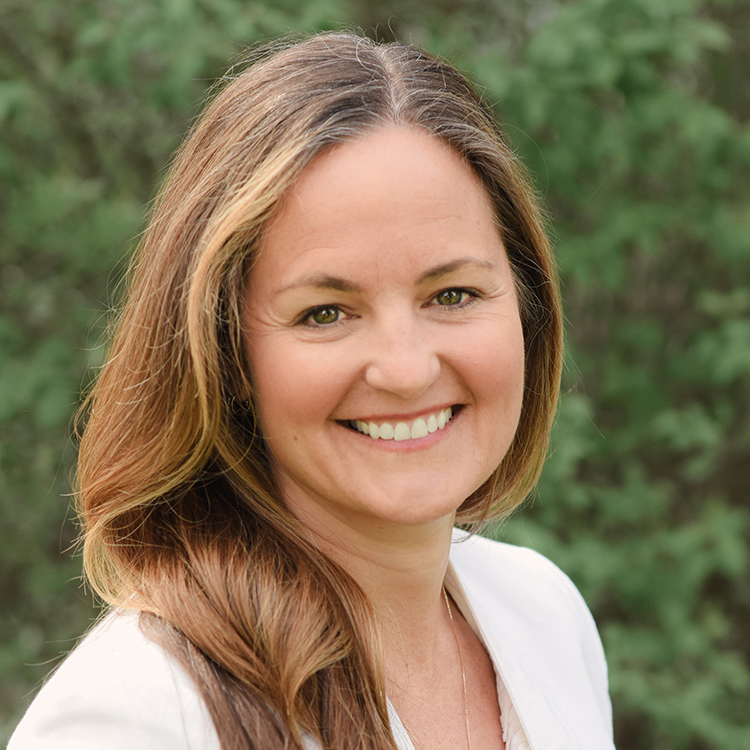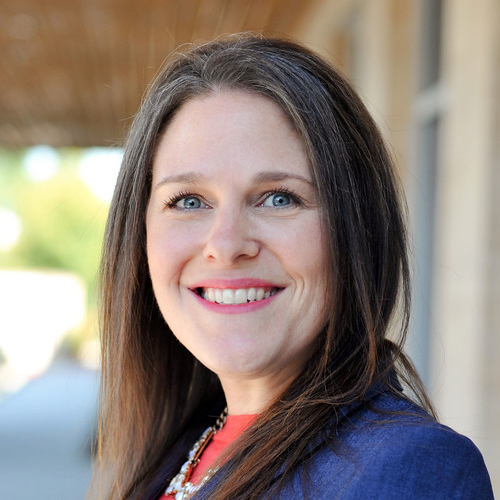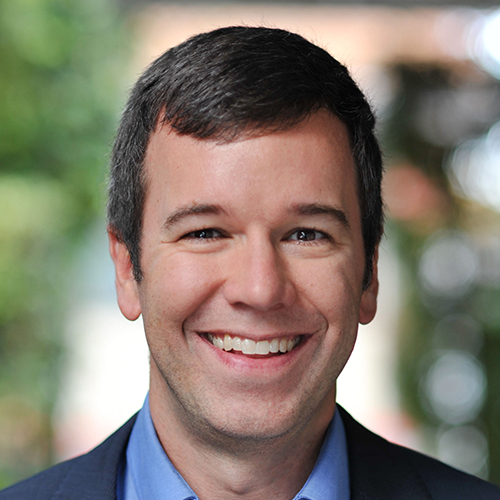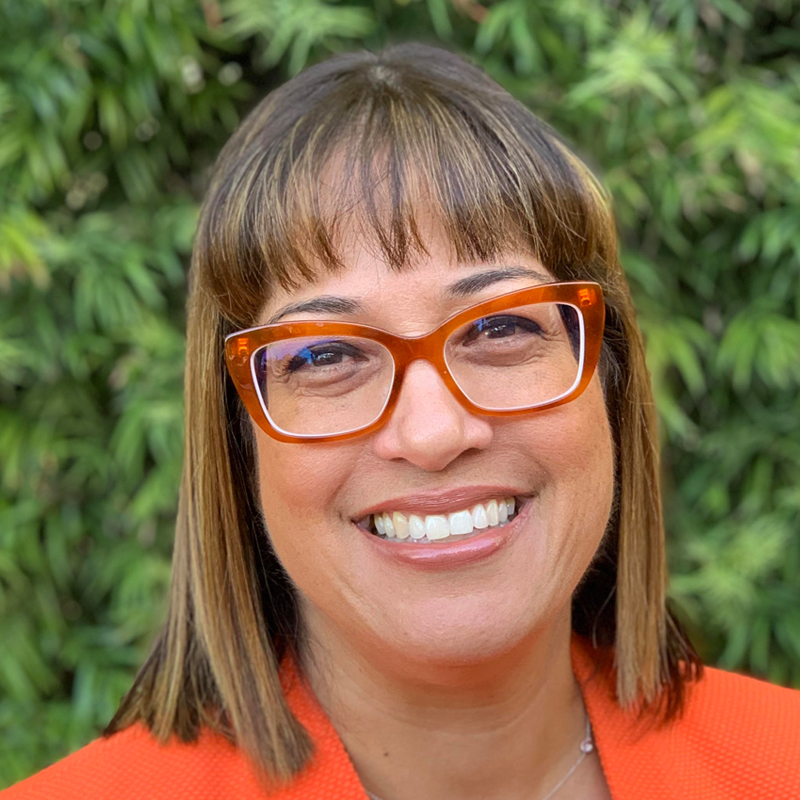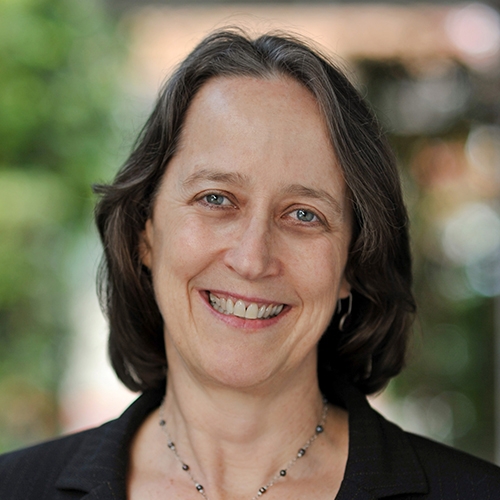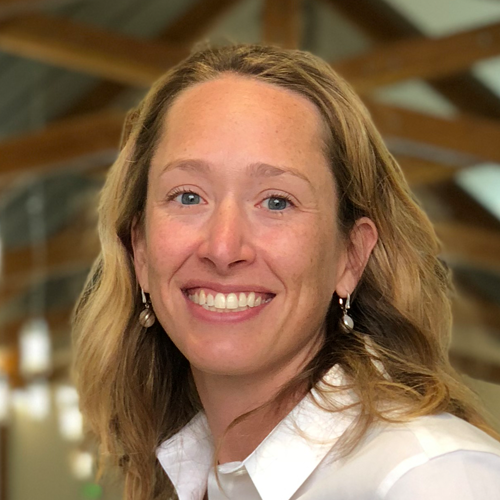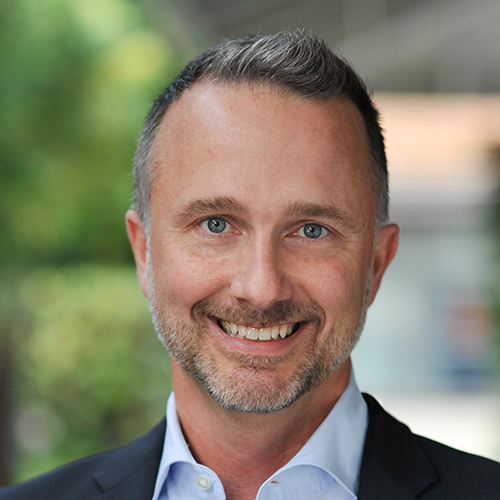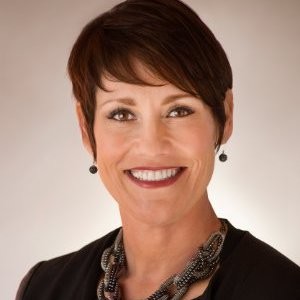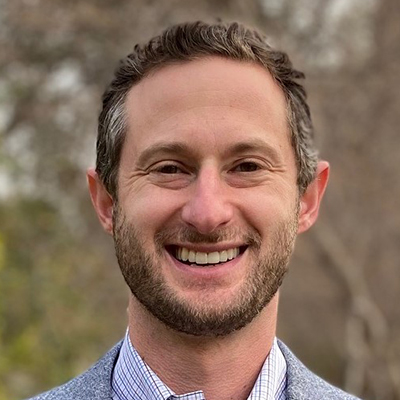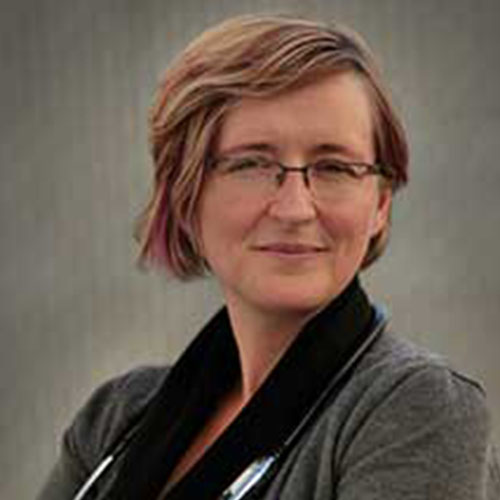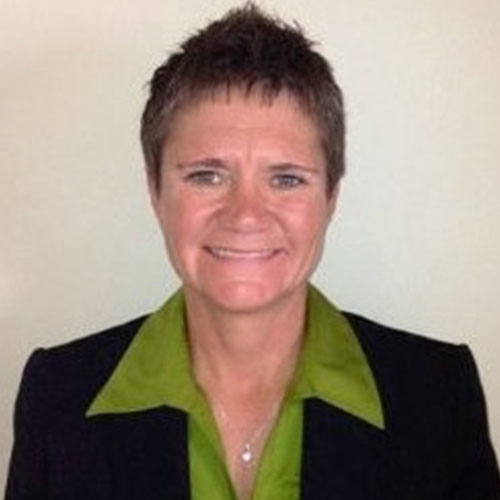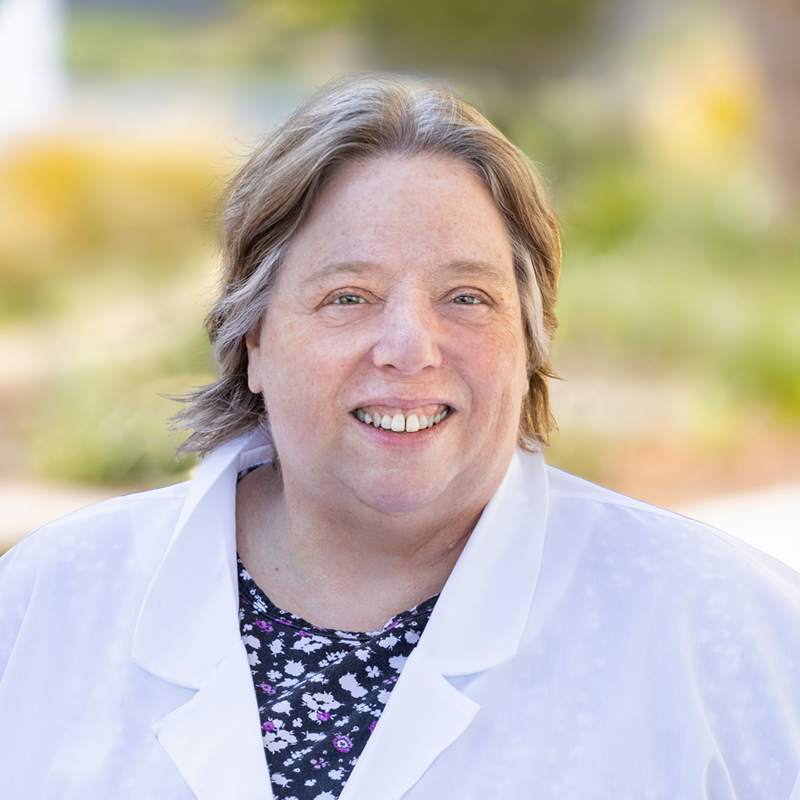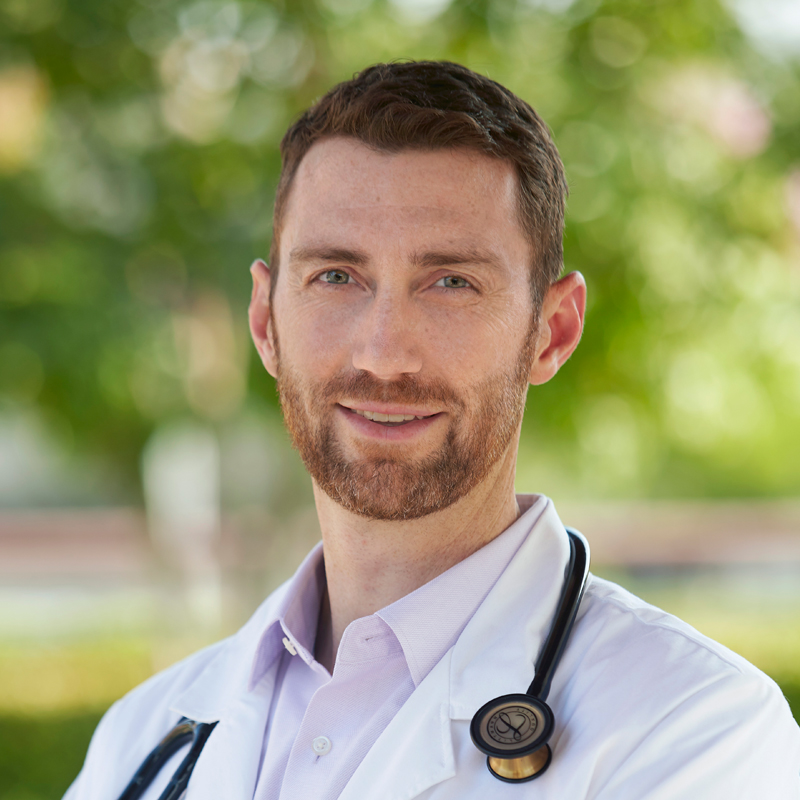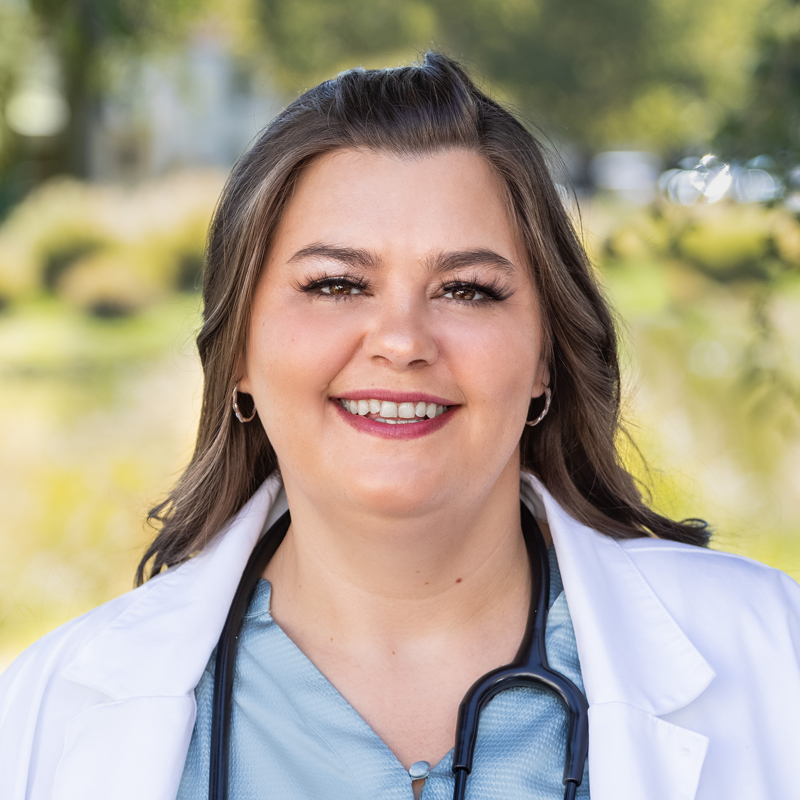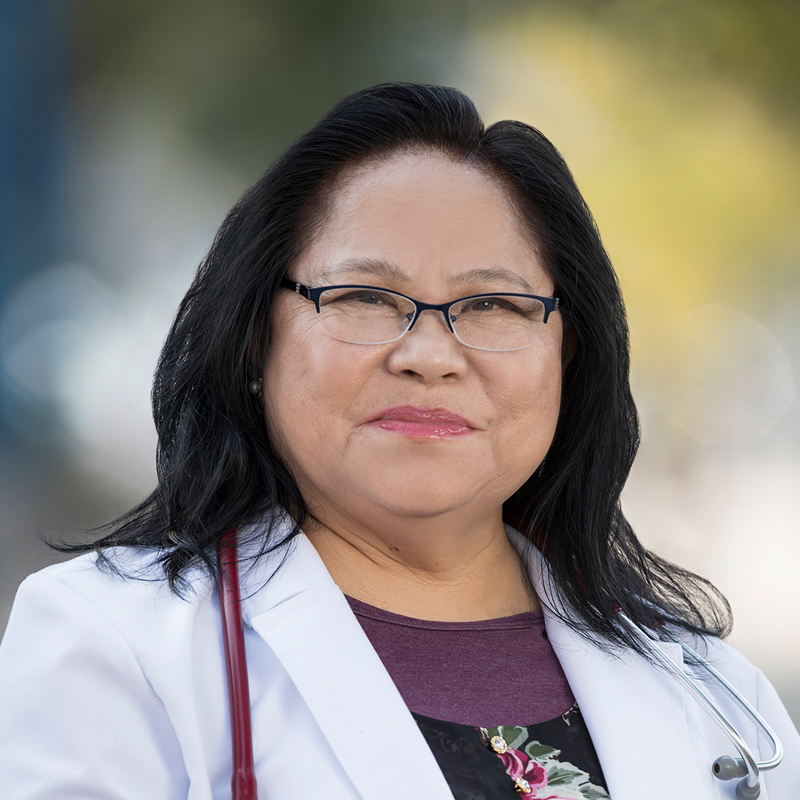What comes to mind when you hear the word yoga? If it’s a young person twisted into a pretzel-like position, you’re not alone. Many people don’t realize that yoga for seniors is incredibly flexible – even if you’re not! Yoga can be adapted to meet the abilities of all age groups, from children to older adults.
Yoga is ideal for seniors looking for a gentle way to care for their mind and body. Here’s how to start a regular yoga practice. (No pretzel formation is necessary!)
The Benefits of Yoga for Seniors
The mindful movement of yoga can be beneficial for everyone, including older adults. Regular practice increases muscle tone, balance, strength, and boosts mood.
Shelley Newhouse is the Director of Talent Attraction & Enablement at WelbeHealth. She is also a 500-hour certified yoga instructor with Yoga Alliance. She says yoga for seniors can help relieve stress and tension in the body.
“Yoga can make us more comfortable and at ease. When you start to integrate the breath and the mindfulness of the practice, it can be really calming,” Newhouse explains. “Yoga allows people to be more present. They aren’t as caught up in what happened yesterday or what might happen tomorrow. Yoga can help people enjoy what is truly meaningful.”
By lengthening and stretching muscles, yoga can provide some relief for tight muscles and joints. If you have arthritis, you may find regular yoga helpful when paired with your other treatments.
Best Types of Yoga for Seniors
Chair Yoga for Seniors
If your mobility is limited, you can still get the benefits of yoga while sitting in a chair. In most cases, chair yoga is gentle and good for seniors who may be new to the activity.
During chair yoga for seniors, poses are done while seated comfortably in a chair. Or, you may use the chair for support during standing poses. You can choose how much you use the chair depending on your body and mobility. With time and regular practice, you may find that you need the chair than when you began!
Restorative Yoga for Seniors
While traditional yoga focuses on stretching and strengthening, restorative yoga focuses on relaxation. During restorative yoga for seniors, poses are gentle and often held longer. You’ll focus on your breath and quiet your mind.
Many restorative yoga poses are done lying on the ground. These poses are supportive to the nervous system and have a calming effect on the mind.
How to Get Started
Before you begin your yoga practice, there are a few things you’ll want to do to prepare. Take these steps to choose the yoga practice that is right for you.
Talk to Your Healthcare Provider
Speaking with your healthcare provider is the first step and one you won’t want to skip. Let your doctor know that you’d like to try yoga, and make sure they don’t have any concerns.
Your physician may tell you to avoid certain poses or suggest you start with chair yoga. This conversation will help you stay safe, prevent injury, and know your limits.
Decide on Virtual or In-Person
In a post-pandemic world, yoga for seniors is more accessible than ever thanks to the internet. Do a quick search on YouTube to find many yoga videos. You’ll want to decide if you’re going to stream your yoga practice or find an in-person class.
Newhouse says there are advantages and drawbacks to virtual classes. “Virtual yoga classes are great because you can do them anywhere,” she says. “But people need to be mindful when they are doing a virtual class. They have to pay close attention to how their body feels because an instructor isn’t there to correct their alignment.”
Many beginner yogis may benefit from an in-person class where they can ask questions and get hands-on help from the instructor. Plus, being in a class with other seniors creates a sense of community. Check your local YMCA, recreation center, or senior center to find an in-person yoga class for older adults
Set the Mood
Whether you’re practicing at home or in a class, there are a few things you can do to optimize your yoga practice.
- Choose a time of day – Pick whether you want to practice yoga in the morning or the evening. Make sure it is a time that you can stay consistent with.
- Eliminate distractions – For some people, this may be silencing their phones or turning off the television. For others, it may mean decluttering their space.
“If your mind tends to wander, creating a distraction-free space can help you stay focused,” says Newhouse.
- Wear comfy clothes – You don’t have to buy special clothes for yoga. Just wear something comfortable that you can move in.
Listen to Your Body
Like any activity, don’t push your body to its limit. If your body tells you to stop a certain movement, listen.
“You don’t need to go to the fullest extreme,” Newhouse advises. “If a movement creates pain or discomfort in your body, then definitely back off.”
Yoga Poses to Try
If you want to try yoga on your own, Newhouse recommends these poses.
Seated Mountain Pose
Benefits: Relaxes shoulders and promotes awareness in the body
Sit tall in your chair with your back straight and your hands on your knees. Gently soften your gaze, let your shoulders relax away from your ears, and focus on the sensation of your breathing.
Seated Cat/Cow
Benefits: Stretches chest muscles and releases tension in the neck
From your Seated Mountain Pose, inhale and arch your spine, moving your shoulders down your back. Exhale and round your spine, bringing your shoulders away from each other and your chin to your chest. Repeat 5-6 times.
Seated Side Bend
Benefits: Promotes balance and stretches the side of the body
From your Seated Mountain Pose, reach your right arm above your head and gently lean your upper body to the left. You’ll feel a lengthening sensation along the right side of your body. Hold for 3-4 breaths. Return to Seated Mountain Pose and repeat on the left side.
Standing Mountain Post
Benefits: Teaches the body alignment and awareness
Stand tall with your feet hips distance apart. Roll your shoulders back and bring your arms by your sides with your palms facing toward your body. Fix your gaze softly or close your eyes. Hold for 5-6 breaths.
Chair Pose
Benefits: Builds heat in the body and strengthens legs
From Standing Mountain Pose, sit your hips back like you’re about to sit into a chair. Shift most of your weight into your heels rather than your toes. Tuck your pelvic bone under to engage your core. Lift your arms over your head while pulling your shoulders away from your ears. Hold for 3-4 breaths.
Final Thoughts
Whether you practice once a week or every day, the benefit of yoga for seniors is the same. Many studies have shown that older adults can increase their strength, flexibility, and balance through a regular yoga practice. Speak with your healthcare provider to see if yoga is a good activity for you!

